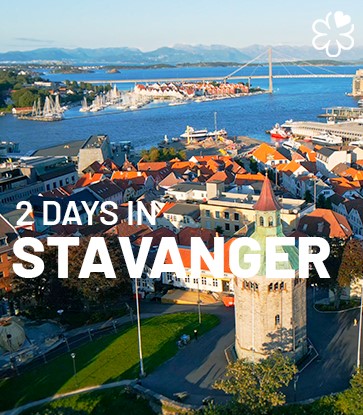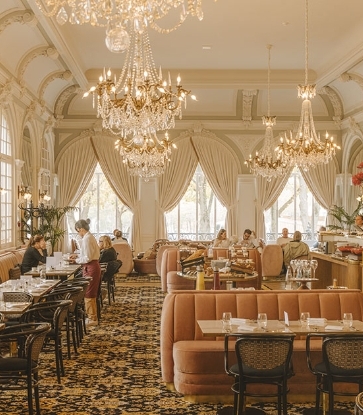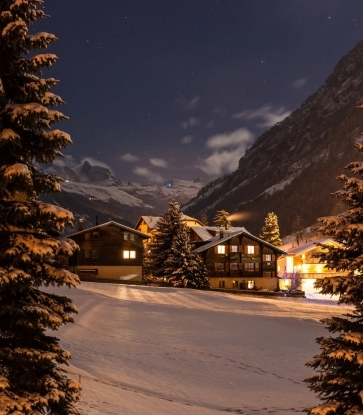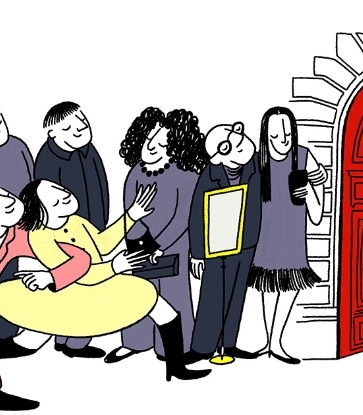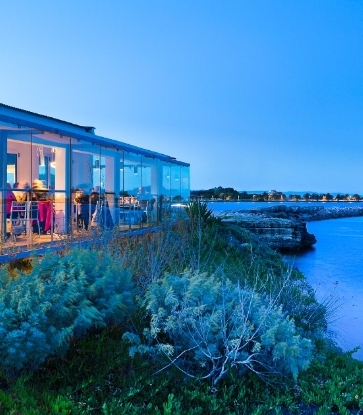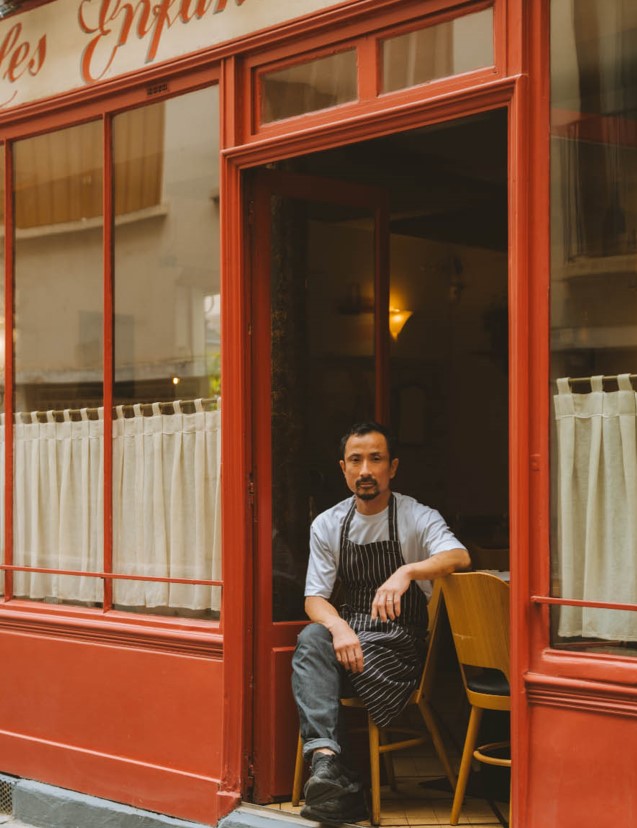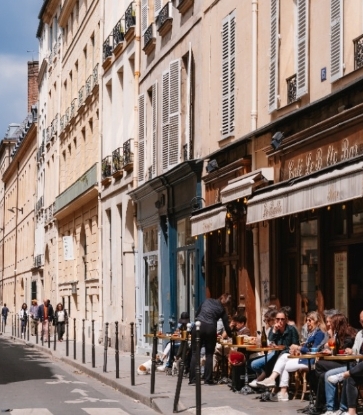The last year has seen blow after blow dealt out to the hospitality industry. Every restaurant has closed its doors at some point and jobs and livelihoods have hung in the balance. There’s no way to sugarcoat the impact the pandemic has had but, amidst this time of uncertainty and fear, one thing it has given us is time and space to reflect: on our businesses, ourselves, our hopes and dreams.
During the restricted reopenings, we saw chefs and their teams adapt and rise to meet new challenges head-on – but we also saw how, in many cases, these forces for change were sparking positive new mind-sets and creating innovative practices that could be carried through to help shape a reinvigorated industry in a post-lockdown world.
So, as the hospitality industry once again prepares for reopening, maybe we should talk less about a return to “normal” and focus instead on the opportunity to reshape a bright new future…
Waste, Emissions and Local Community
In recent years, many restaurants have been slowly adopting a more sustainable focus, but the new-found emphasis on controlling operational costs should really help accelerate this shift. Born out of a mix of government restrictions and supply issues, we saw the following trends at the last reopening, which planted some positive seeds for change…
* Owners and chefs turning increasingly to local shops and suppliers – ensuring the freshness and seasonality of their produce; saving on bulky protective packaging and transport emissions; and supporting local, independent businesses.
* More concise menus being created – allowing cost-saving on ingredients and lessening leftovers/wastage.
* Menus and wine lists being chalked up on blackboards or read via QR codes/apps on smartphones and tablets – rather than being printed out and thrown away.
* Booking ahead – A) reducing surplus ingredients by allowing for more accurate estimations of supply and demand and B) enabling staff numbers to be matched to diner numbers between different days and services.

With an increase in demand upon reopening, we also saw diners taking lunch tables later in the afternoon or dinner tables earlier in the evening, which could result in a more flexible approach to dining throughout the day.
Travel being discouraged also meant that people were dining more locally, reducing their travel emissions, supporting their local economy and helping to create a sense of community. With many also having become newly-acquainted with a range of restaurants offering takeaway/delivery in their area, dining locally could be set to remain a popular option.
Staff Wellbeing and Team Efficiency
The newfound need for flexibility has seen many staff members trained in different areas or performing several different roles in one. This has helped staff to develop by widening their knowledge and skill set, while also giving them a greater understanding of how the different departments can work together more efficiently – as well as opening their minds to new possibilities.
Not only do more rounded teams increase efficiency by allowing members to step in to take pressure off other departments, but they also break down inter-departmental barriers and provide everyone with a sense of value.

Diversifying
Over lockdown, it has become increasingly evident that restaurants in their purest form are pivotal in so many of our lives. They have always been places to meet, to celebrate, to unwind or to do business – but many are no longer just venues for lunch and dinner in the traditional form. We have seen them evolve into places where you can start the day with breakfast; catch up over brunch; grab coffee and cake; enjoy afternoon tea; shop for local produce; order takeaway/delivery, and more.
Over the last few years, we had already started to witness a shift in some traditional restaurant set-ups, with an increase in community style spaces and food halls – home to a whole host of both permanent and pop-up restaurants, as well as delis, micro-breweries, craft stalls and event spaces.
This, coupled with the resilience and innovation of restaurant owners over the last year, has made it clear that by thinking outside the box and expanding or diversifying their activities, restaurants have the potential to become much more than just simple dine-in venues, and instead have the potential to grow into multifaceted hubs of their local community.








